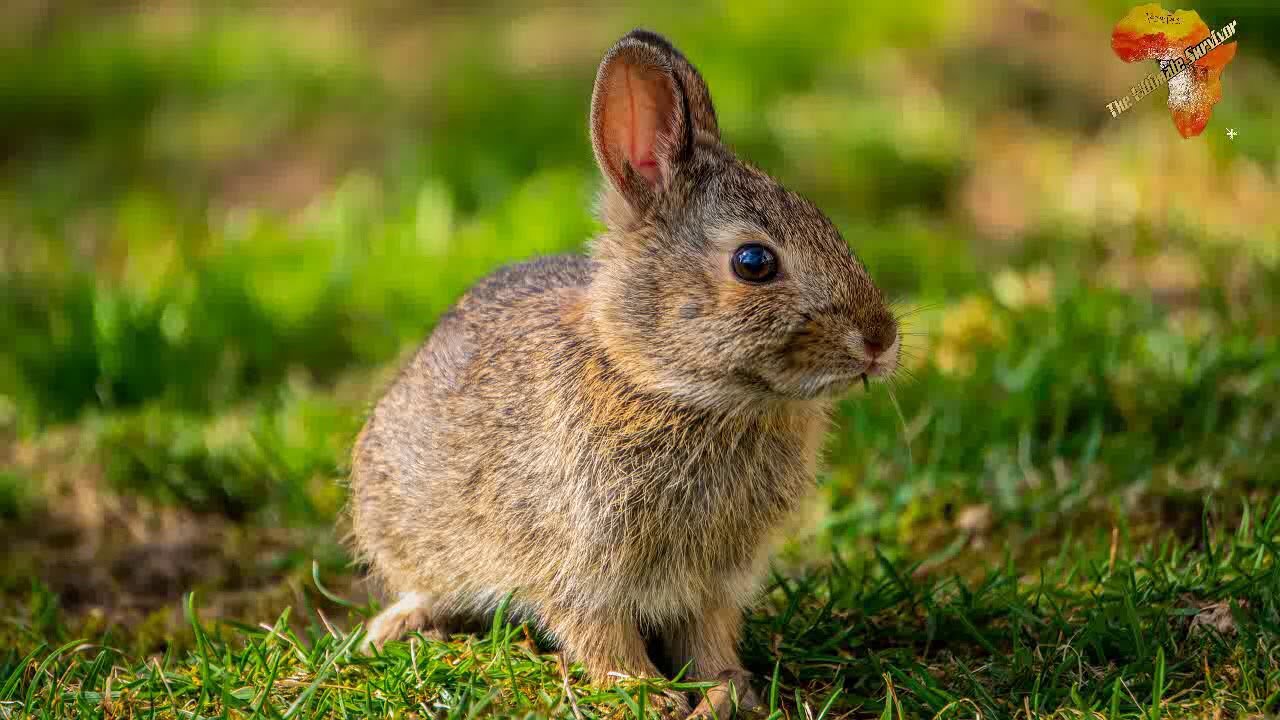Premium Only Content

HOW TO DISTINGUISH BETWEEN A HARE AND A RABBIT
Hare vs. Rabbit:
1. Size and Build:
Hares are generally larger than rabbits, with longer legs and larger ears. They have a more robust build, adapted for running at high speeds.
Rabbits tend to be smaller and have a more compact build, with shorter legs and smaller ears compared to hares.
2. Habitat and Behavior:
Hares typically prefer open spaces such as fields and meadows. They rely on their speed and agility to escape predators.
Rabbits are more likely to inhabit burrows or warrens in wooded areas or areas with dense vegetation. They tend to rely on their ability to hide in burrows for protection.
3. Fur and Coloration:
Hares often have longer, coarser fur that changes color with the seasons, typically brown or grayish in the summer and white in the winter.
Rabbits usually have softer fur that remains relatively consistent in color throughout the year, often brown or gray with lighter underbellies.
4. Reproduction and Lifespan:
Hares are born fully furred with their eyes open, and they are able to hop around shortly after birth. They typically have a shorter lifespan compared to rabbits.
Rabbits give birth to altricial young, which are born hairless and with closed eyes, requiring more care and protection. They generally have a longer lifespan compared to hares.
5. Running Style:
When startled, hares typically run in a zigzag pattern to evade predators, utilizing their speed and agility.
Rabbits tend to run in a straight line to reach the safety of their burrows as quickly as possible.
6. Social Behavior:
Hares are generally solitary animals, coming together only during the mating season.
Rabbits are more social creatures, often living in groups within a warren and engaging in grooming and other social behaviors.
7. Dietary Preferences:
Both hares and rabbits are herbivores, but their dietary preferences may vary slightly based on their habitat and availability of food sources.
Hashtags:
#HareVsRabbit #Wildlife #AnimalFacts #Nature #Biology #AnimalBehavior
-
 1:58:28
1:58:28
Kim Iversen
7 hours agoSHOCKED! BETRAYED! RFK Jr. FLIPS on Measles Vaccine? | NATO Trap: Europe Could Drag The US to WW3
86.6K172 -
 18:37
18:37
Clownfish TV
5 hours agoThe Oscars Just EMBARASSED Disney and Emilia Pérez...
47.9K17 -
 56:28
56:28
Glenn Greenwald
7 hours agoDocumentary Exposing Repression in West Bank Wins at Oscars; Free Speech Lawyer Jenin Younes on Double Standards for Israel's Critics | SYSTEM UPDATE #416
95.7K81 -
 1:03:34
1:03:34
Donald Trump Jr.
9 hours agoZelensky Overplays His Hand, More Trump Wins, Plus Interview with Joe Bastardi | Triggered Ep.221
152K124 -
 1:13:16
1:13:16
We Like Shooting
18 hours ago $4.87 earnedDouble Tap 399 (Gun Podcast)
47.5K1 -
 1:00:20
1:00:20
The Tom Renz Show
1 day agoTrump Schools Zelensky, The Epstein Files FAIL, & What RFK Will Mean for Cancer
47.5K18 -
 42:47
42:47
Kimberly Guilfoyle
11 hours agoThe Trump effect: More Major Investment, Plus America First at Home & Abroad. Live w/Ned Ryun & Brett Tolman | Ep. 201
130K43 -
 1:29:23
1:29:23
Redacted News
10 hours agoWW3 ALERT! Europe pushes for war against Russia as Trump pushes peace and cutting off Zelensky
164K281 -
 57:56
57:56
Candace Show Podcast
13 hours agoHarvey Speaks: The Project Runway Production | Ep 1
157K96 -
 56:31
56:31
LFA TV
1 day agoEurope’s Relationship With America Is Over | TRUMPET DAILY 3.3.25 7PM
46.3K7